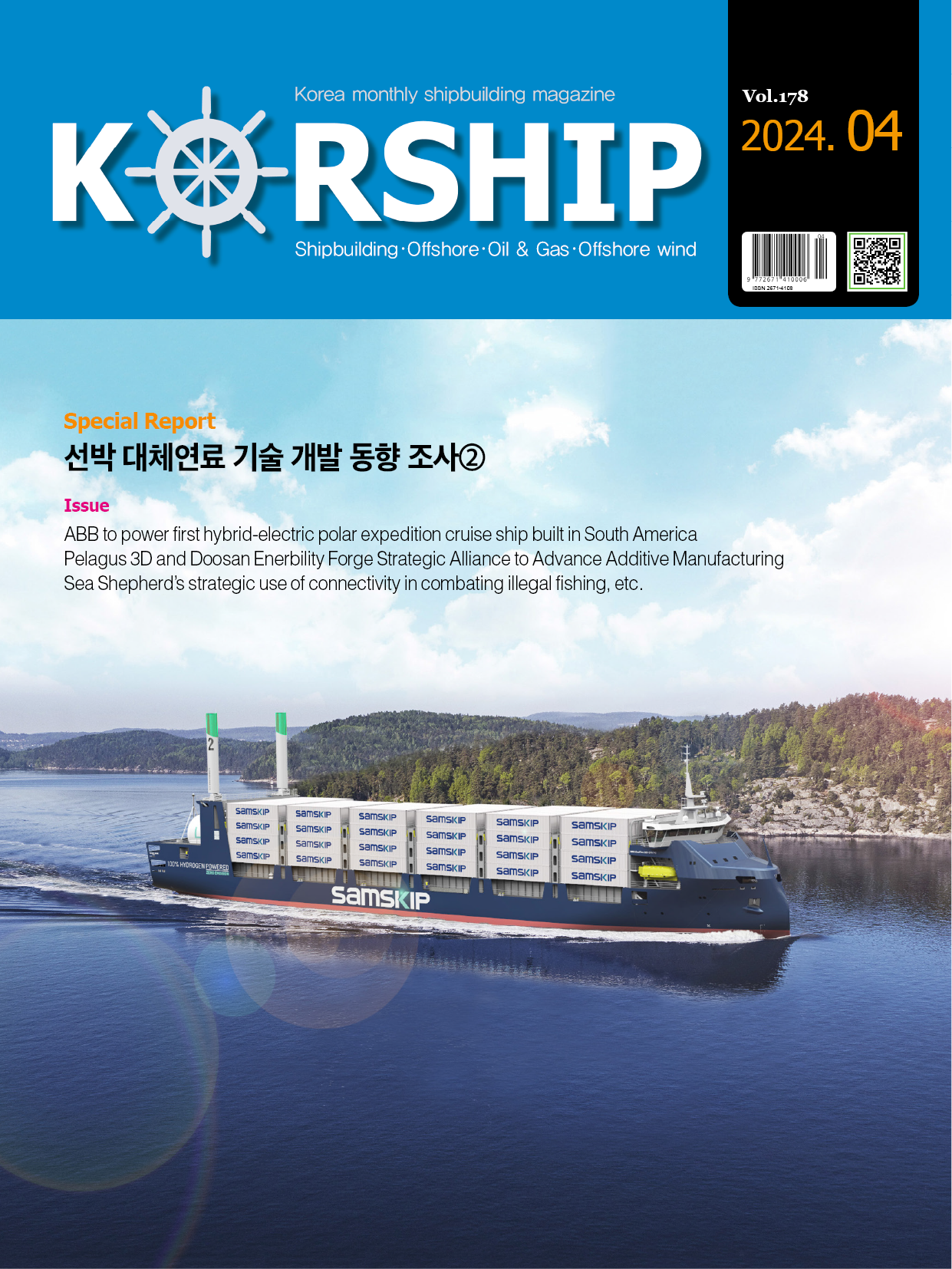Feature Story Will a reversal of fortunes position shipyards for the era of decarbon…
페이지 정보
작성자 최고관리자 댓글 0건 조회 1,054회 작성일 23-11-15 15:17본문
-After three torrid years of low profitability, a combination of falling costs and rising prices put yards on a stronger footing, writes Stuart Nicoll, Director, MSI
The current newbuilding cycle is proving remarkably persistent, with demand for containerships and LNG carriers consistently exceeding expectations over the last year. MSI’s Q3 shipping market reports* illustrate how the upward pressure on newbuilding prices has been maintained.
Although there was a divergence in the rate of increases between different ship types last year, prices have generally continued to firm and as at the start of August 2023, benchmark newbuild prices are around 30-50% higher than they were at the end of 2020.
Nevertheless, MSI believes that 2023 will be the peak of the current newbuild price cycle and levels will fall over the next couple of years as the factors that supported prices, most notably the high steel prices and elevated Forward Cover at global shipyards, unwind.
However, Forward Cover will remain elevated and the forecast nadir in newbuild prices in 2026 will be significantly higher than pre-pandemic levels. A renewed surge in contracting volumes from 2025 will drive a further surge in newbuilding prices, which will remain at high levels through the rest of the decade(see Chart left).
The boom in newbuilding demand since 2021 has to a large degree been driven by disruption to global supply chains and trade patterns(as a result of pandemic and war), rather than strong underlying economic fundamentals. For containerships in particular, the profits accumulated in this period have funded the remarkable investment wave of the last couple of years.
In the context of booming newbuilding prices, it might be assumed that there would be a positive correlation between shipowner and shipyard profitability, but in general this is not the case. The last three years provide a striking example of this phenomenon. First, it should be recognised that the shipping industry has not experienced a uniform level of profitability over the last three years. Some sectors have seen sporadic gains, but generally suffered, while others have done exceptionally well.
At an aggregate level shipping has enjoyed strong returns. In contrast, shipbuilders have, in general, done abysmally. This is not necessarily the paradox it seems. Many shipbuilders have continued to lose money during 2022 and into 2023 because of the typical payment terms in shipbuilding contracts. Over the last decade or so these have switched from being evenly spaced during the construction of the vessel to very heavily weighted to coincide with delivery. As a result, the burden of financing the build falls almost entirely on the shipbuilder.
Moreover, most of the ships delivered in the last couple of years were ordered at prices that were up to 50% lower than today but were constructed in a period when shipyard costs (including steel) were rising quickly. This has made it difficult to build these ships profitably. In addition, some yards have been dealing with specific issues related to historic debt.
These trends are about to be reversed. Yard costs are falling(steel is down and Asian currencies are very weak versus the US dollar), while prices are approaching peak levels in some sectors. As the current orderbook is delivered there is thus the potential for a very positive alignment of the cost/income balance.
This offers a glimpse of a turning point for the shipbuilding sector. This is to be welcomed, as unprofitable yards will not be best able to support the green transition of the shipping industry.
It may be time for shipowners, who need a strong, technologically advanced shipbuilding industry, to rethink their relationship and especially finance terms as we enter what will be the defining decade on the path to decarbonisation.
■ Contact: MSI www.msiltd.com












